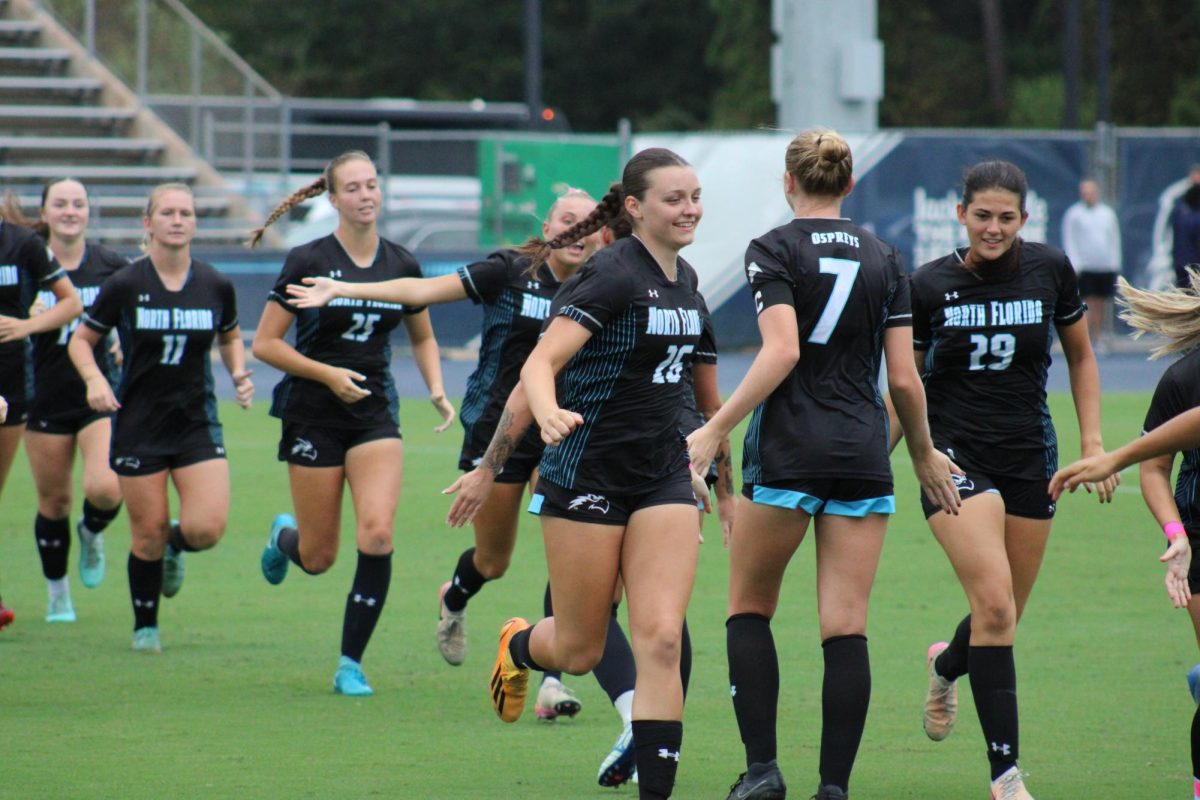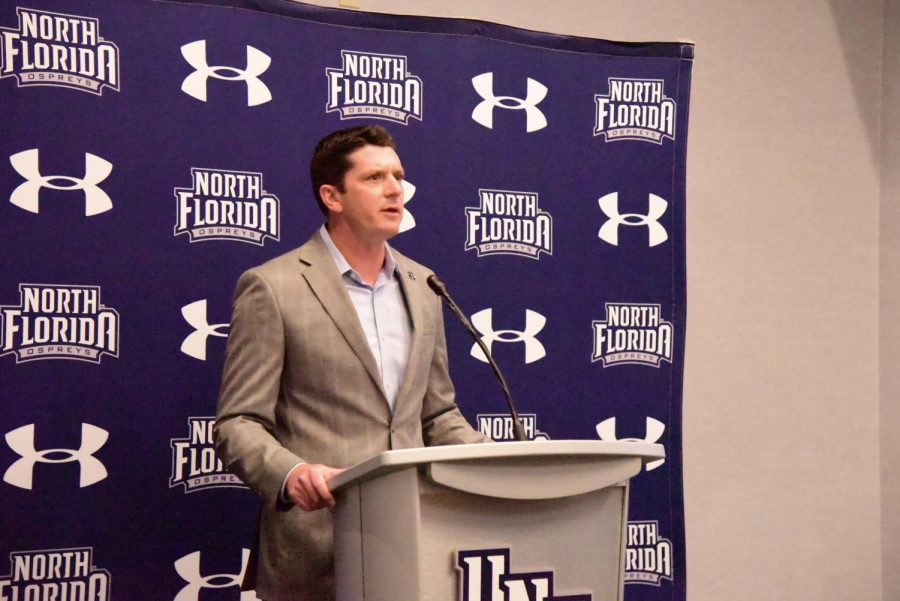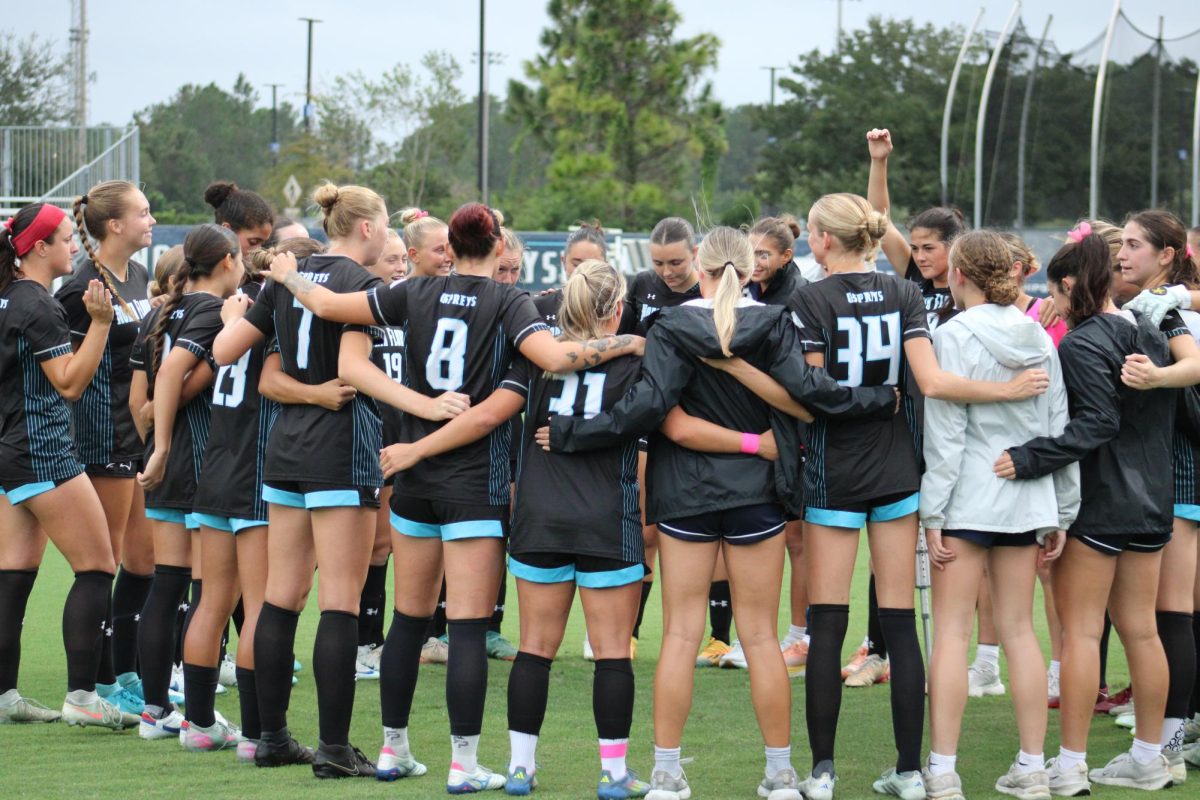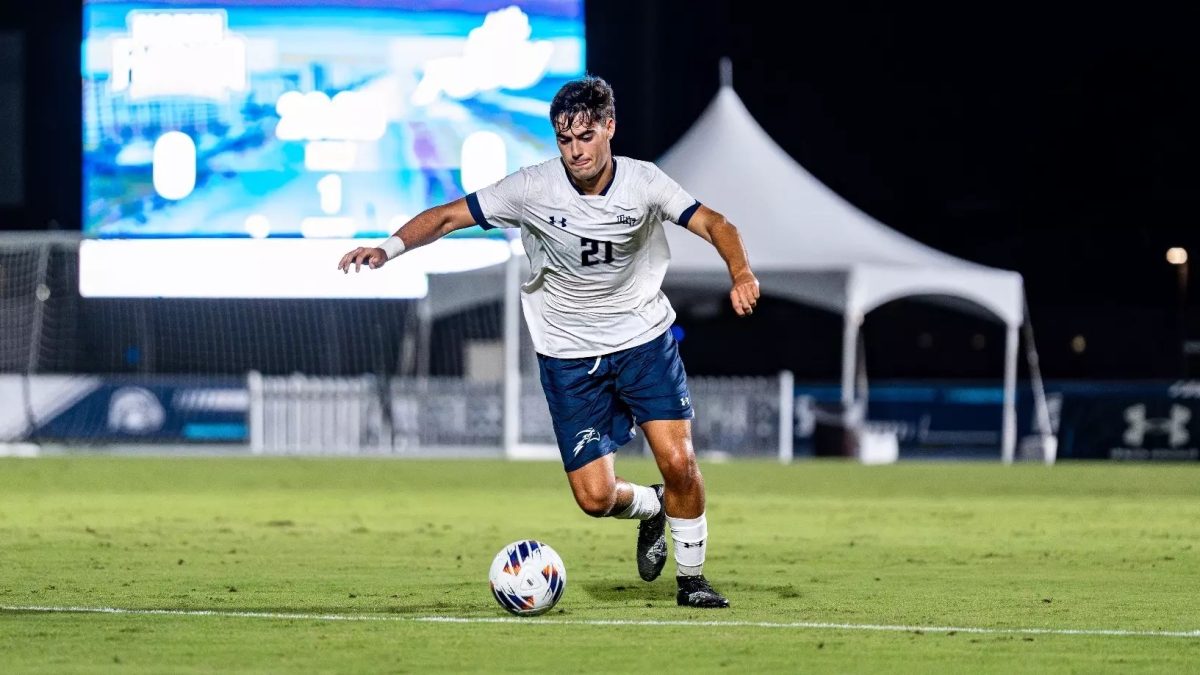 The competition brought top engineering students from all over the globe to Disney World. Students came from countries such as Canada, Egypt, Lebanon and India.
The competition brought top engineering students from all over the globe to Disney World. Students came from countries such as Canada, Egypt, Lebanon and India.
UNF’s team members — Tom Trask, Guillermo Varela and Drew Smith — also competed with students from some of the top schools in the country, such as Penn State University, Virginia Tech University and Texas Tech University.
“Mars Rocks,” the theme of the student competition, required students to build a radio-controlled prototype that, in theory, would be able to retrieve rock samples from Mars.
UNF’s robot began in September 2008 as the three students’ required final project, and it was named the Ground Intelligent Navigation Apparatus.
However, GINA’s alias wasn’t derived for its scientific savvy.
“Our professor [Jim Fletcher, who was in charge of the project] was riding us about getting the project done,” said Tom Trask, a mechanical engineering senior. “We wanted to kinda take a jab at him and embarrass him, because GINA sounds like vagina.”
GINA pushes through the course
Scoring for the competition was based on how fast GINA could move through and fetch rocks from a designated course.
There were seven rocks on a field, a field sectioned by three 2-by-4 boards. The further GINA progressed into the course, the more points the rocks were worth, Trask said.
During the competition, GINA short-circuited while maneuvering through the course.
“The good news is that we were unofficially ranked sixth out of 17 teams,” Trask said. “The bad news is that the robot completely shut off going over the second 2-by-4, and we didn’t get scored.”
The loss disappointed the team members because because the problem that disqualified GINA was an easy one to fix if they had known about it, Smith said.
Regional competition sparked better scores
Although UNF’s chance at international victory was extinguished with GINA’s power malfunction, the UNF team was already ranked first in district F at the regional 2009 American Society of Mechanical Engineers student design competition April 5. This first-place rank qualified the team to enter the Orlando competition on an international level, Trask said.
At the regional competition, the team competed against 19 other district F teams, including another UNF team, the University of Alabama, Tennessee Tech University, the University of Florida, Miami University, Florida State University and Georgia Tech University, Trask said.
“Honestly, there weren’t a lot of real competitors,” Trask said. “To put it this way, the other [UNF team’s] robot didn’t even work, and they came in third place.”
UNF’s first place at the regional competition could be attributed to the amount of time the team put into it — a combined 1,400 hours of work over a four-month span, Trask said. The team spent an entire semester working on the robot, as it was the three students’ senior project, he said.
“It was a great show of teamwork,” Varela said. “Each person had a specialty [area] and we did really well together working as a team.”
The teamwork lasted lasted late into the night throughout most of the semester.
“We were here until midnight most nights in the spring,” Trask said. “And we consumed a lot of fast food.”
GINA’s blueprint was planned on a computer, and she was made tangible through a 3-D printer, he said.
“We actually fabricated the entire thing,” Trask said.
Post-GINA labor
Trask plans to graduate in spring 2010 and wants to pursue building engines in a machine design program, possibly at the University of Florida in fall 2010, he said.
The other two mechanical engineering students graduated in the spring 2009 and summer 2009.
Varela attends UF in a graduate program for engineering, he said.
Smith, who graduated in the summer, currently works for NASA, he said.
The Spinnaker’s attempts to get in contact with Fletcher were unsuccessful because he is in Australia.











